Maserati A6G/54 2000 Zagato
1947 saw the debut of the A6, the first pure road sports car from Maserati. Before World War 2, the Italian company had only delivered a few street-legal offshoots of its racing cars to VIP customers. The abbreviation of the new model stood for Alfieri (one of the Maserati brothers) and the six-cylinder engine. The basis was the racing car A6G.CS (later written without a dot, CS for ‘Corsa Sport’), which was sent to the first sports car races at the same time and was continuously developed further in the following time. Three years and 59 copies later the further development A6G appeared with a grey cast iron engine enlarged from 1.5 to two liters capacity, for which the G in the name stood (Italian: ‘Ghisa Grigio’). Only 16 units of the A6G were produced. 1954 saw the next major model upgrade to the A6G/54, with Maserati specifically addressing weaknesses in the previous design. For example, the chassis with its front wishbones and coil springs and rear rigid axle on leaf springs was improved. In addition, the output of the six-cylinder inline engine, which still had a capacity of two liters, was increased to 150 hp. More than double that of the original A6 model. Compared with the A6GCS racing model, the A6G/54 had exactly the same displacement of 1,986 cubic centimeters, but achieved this with larger bore holes and less piston stroke, thus increasing the torque.
Since a classic tubular frame served as the basis for this sports car, various coachbuilders offered their bodies. A factory body was only available for the successor model 3500 GT from 1957 onwards. As Pinin Farina had in the meantime entered into close cooperation with Maserati’s direct competitor Ferrari, they decided not to send any chassis of the A6G/54 there, which was still normal for the previous versions. Instead, the versions Tipo A (Frua Spyder), Tipo B (Frua Coupé), Tipo C (Allemano Coupé) and Tipo D (Zagato Coupé) were created, which appeared as such in the official sales documents. 16 chassis went to Frua, where they became 10 Spyders and six Coupés. Allemano made 21 Coupés. That leaves Zagato, the coachbuilder that still exists today, where a total of 20 Coupés and a privately commissioned Spyder were built. While all of the closed version originally received a Coupé body named ‘Barchetta’, the vehicle with chassis number 2155 stands out clearly. This car left the Zagato halls in June 1956 in the direction of its first owner Roberto Federici in Rome. He sold the sports car within just one month to Gianfranco Peduzzi, who used the Maserati in various races. However, in 1957 the A6G/54 was severly damaged by Gianni Zagato, the son of the company founder. Thereupon it went back to Zagato, where a new bodywork with notchback and the typical double bubble roof was designed and built. This was shown to Maserati as a possible design for the successor model 3500 GT. Maserati ultimately decided on a design from Touring.
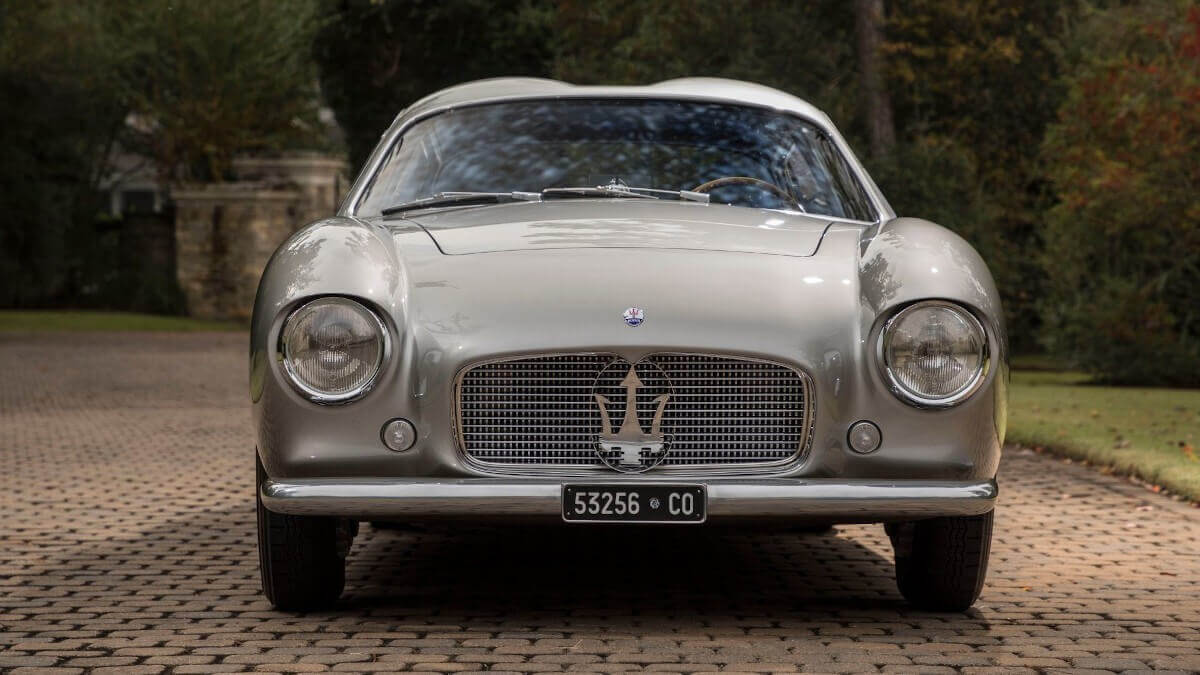







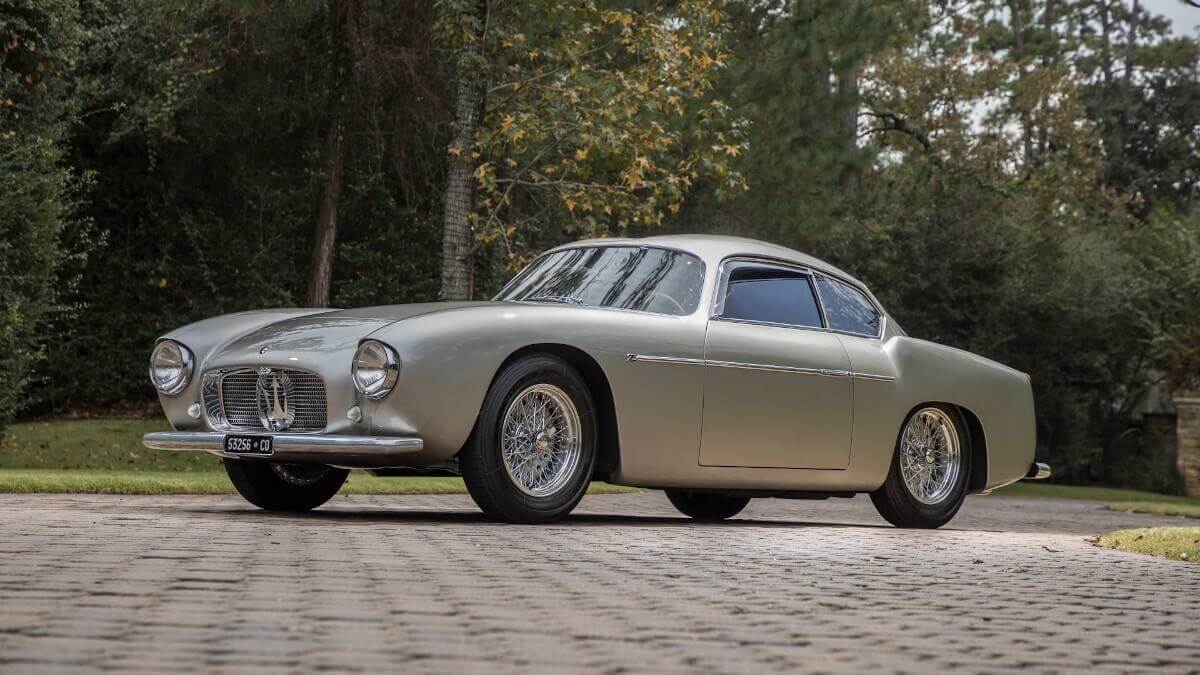















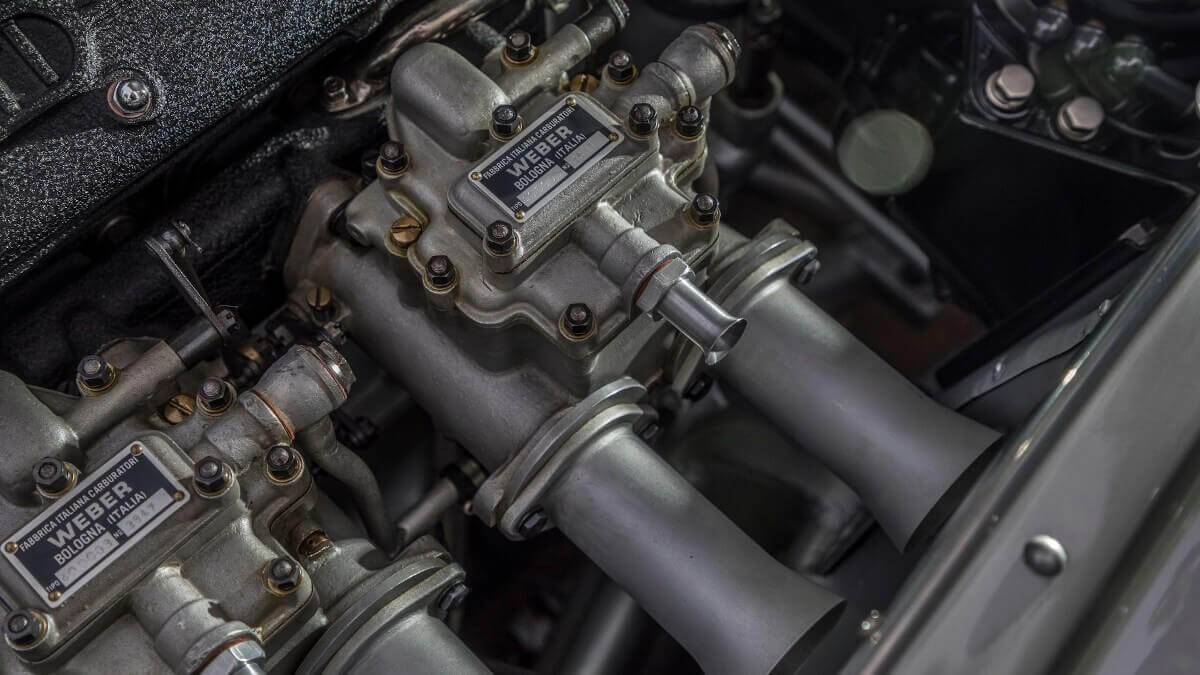











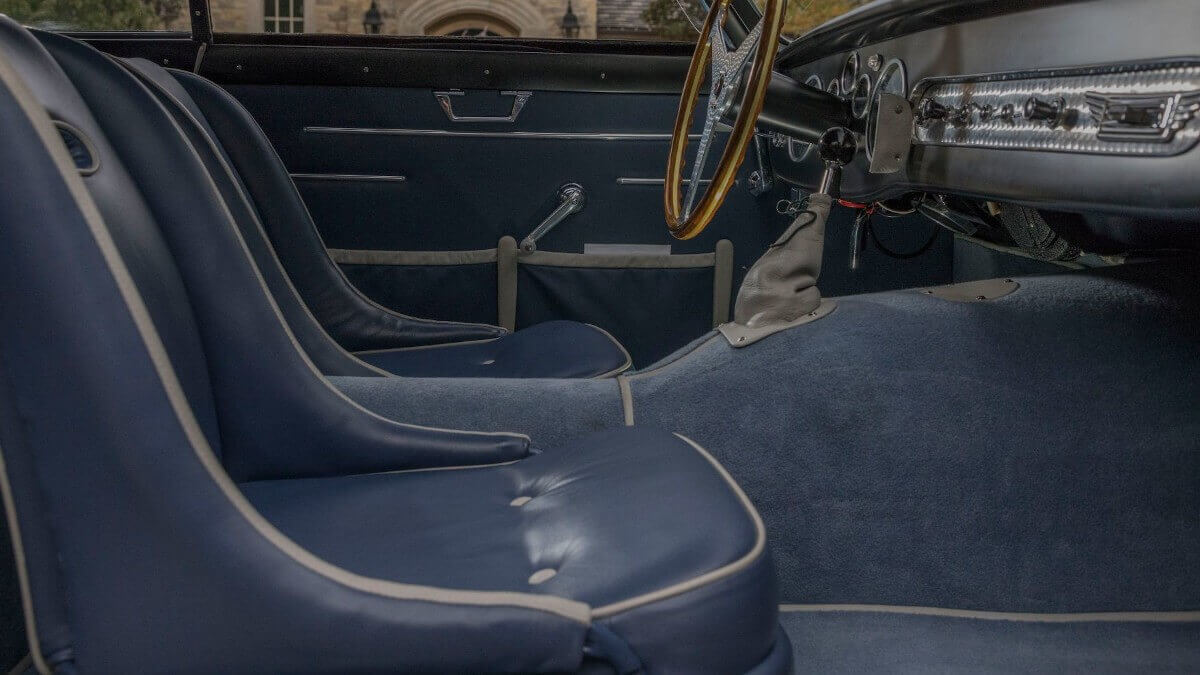



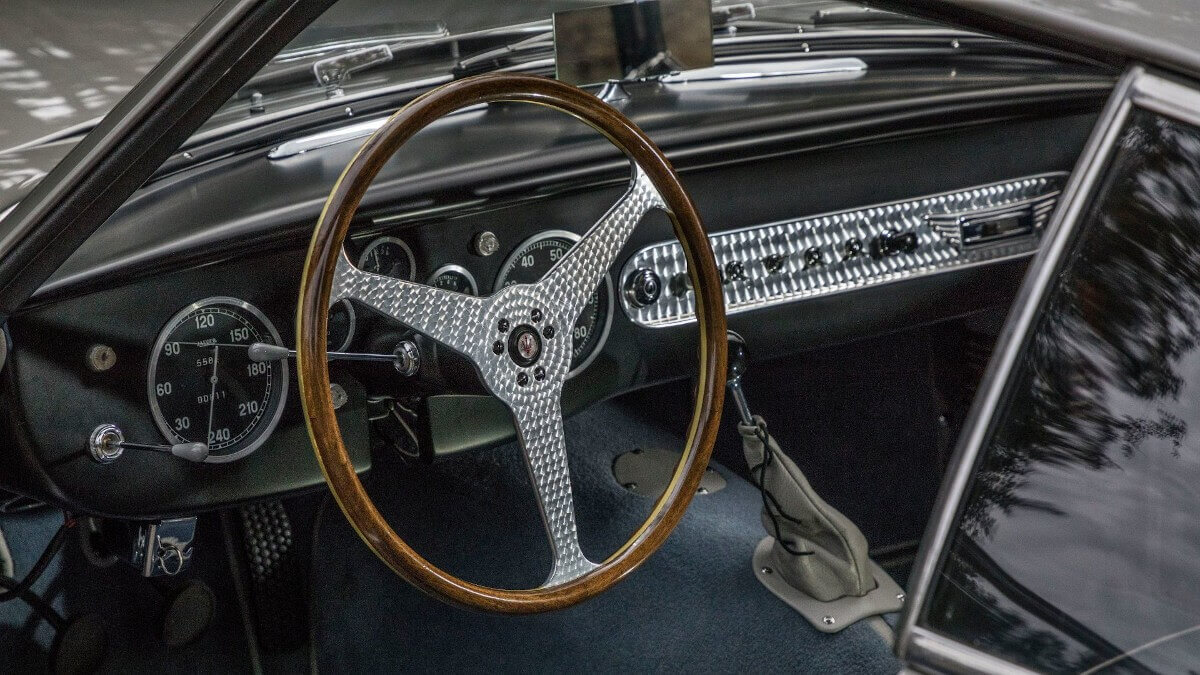











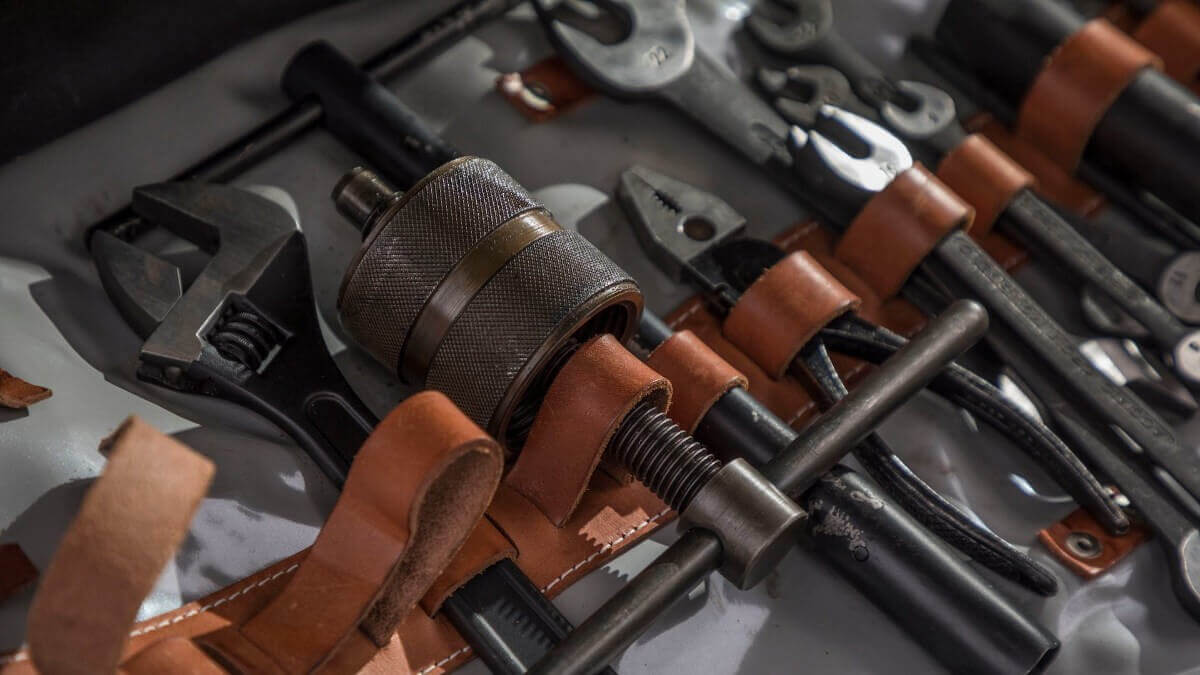



After the rebuild was completed, Carla Calzeroni bought the car on behalf of Natale Gotelli, who again used the Maserati for racing. Gianfranco Bonetto did the same after he bought it at the end of 1958. Another three Italian owners followed, before the car collector John Bookout junior from the USA won the bid at an auction in December 2000. He sent the Zagato Berlinetta to renowned companies in the Modena region, like Bacchelli & Villa, Maieli and Candini, for extensive restoration. This took place under the supervision of Dr. Adolfo Orsi. In 2005 Bonetto showed the vehicle in its finished condition at the Pebble Beach Concours d’Elegance and other concours events in the USA.
At the end of 2008, the A6G/54 moved into the garage of its current owner, where it is shown among various post-war European classic cars. In 2009, the Maserati once again took part in the Concours d’Elegance in Pebble Beach, where it took third place in its class. In 2010, the car took part in The Quail and in 2014 in the Maserati Centennial Meeting in Pebble Beach. Recently the car has been slightly restored by the renowned restoration company Paul Russell & Co. Now the unique car is available for sale at the well-known classic car dealer Kidston SA.
Images: Kidston SA




